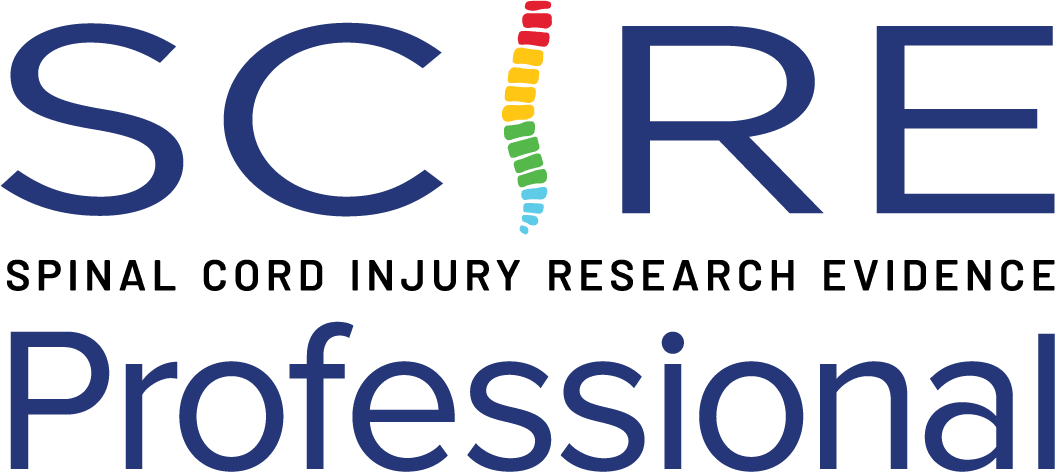Hypothalamic Deep Brain Stimulation (DBSLH)
SCI alters the communication between the brain and the neurons in the lumbar spinal cord that must be activated to produce walking (Arber & Costa 2018; Courtine & Sofroniew 2019). When the SCI is incomplete, the reorganization of residual projections from spinal cord-projecting neuronal populations located in the brain may restore enough communication for partial recovery of walking (Cho et al. 2024).
Discussion
Cho et al. (2024) aimed to identify brain regions that steer the recovery of walking after incomplete SCI. Before conducting the pilot clinical trial, the authors acquired functional magnetic resonance imaging (fMRI) data from 21 healthy people showing bilateral activations of the lateral hypothalamus (LH) during walking (Cho et al. 2024). Following this, the authors translated this discovery into a pilot clinical trial with deep brain stimulation therapy of the LH (DBSLH) in two individuals with incomplete SCI (Cho et al. 2024). It was shown that DBSLH immediately improved walking and, in conjunction with rehabilitation, mediated functional recovery that persisted when DBSLH was turned off, without serious AEs (Cho et al. 2024). Further trials should be performed in larger studies to more firmly establish the safety and efficacy of DBSLH, including potential changes in body weight, psychological status, hormonal profiles and autonomic functions (Cho et al. 2024).
Conclusions
There is level 4 evidence (from 1 pre-post study: Cho et al. 2024) that a DBSLH was safe and, with the addition of rehabilitation, that improved walking and functional recovery (10MWT, 6MWT, and LEMS) in two participants with chronic and incomplete SCI.
